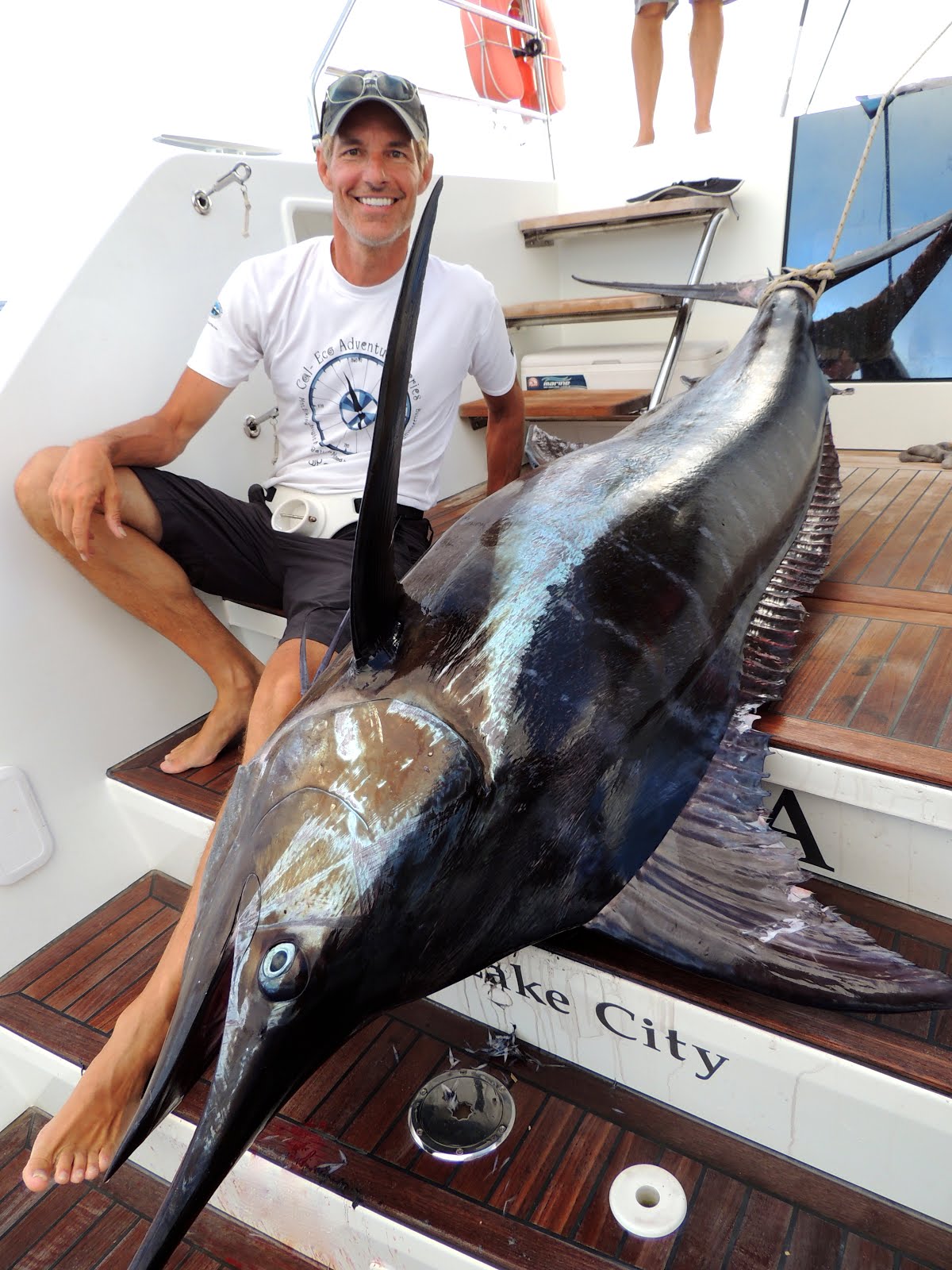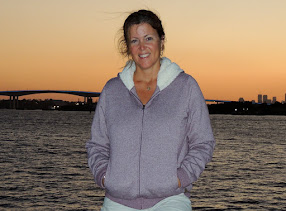 |
| How's that for Cold and Soggy? |
Today has been good because I have had better contact with Martin than I have in the past week. Granted, our conversations go something like this... Martin: "Hi! %45how's lily?! Love u!l32. Miss you. I'm freezing!" (I think his hands are cold and he is punching buttons before he gets to the right key). Me: "Love you too! Hey, what's the combo to the boat lock?" or "Who aerates our lawn?" and "Stop saying 'puke' so much in all your posts! So gross!" I am totally romantic. Anyway, it's nice to just know he's there and thinking about us. I miss him.
All the boats have officially passed the halfway mark, so it's basically downhill from here. Visit Seattle should be in Seattle in less than 15 days. I can't believe it. I am beyond excited and planning one big BBQ!
Anyway, enough about what's happening here and more about being wet and soggy.
Enjoy!
- Kym
******************
"We have been battling forward against a
strong cold northeasterly headwind for the last four days. As a result, we are
instantly sprayed as we go on deck, and remain constantly wet for our entire
time on watch. Somehow the water seems to find its way against gravity and go
up my foulie sleeves and soak the lower parts of my inner layers. My gloves
have been soaked for days and my hands look like white prunes. While I thought
that I was pretty savvy to utilize rubber Alaskan fishing gloves, I hadn't
realized their disadvantage in that their linings just don't dry out. There is
nothing I hate worse then putting on cold wet gloves to start my four or six
hours on watch. My left boot filled with water several days ago due to my
adventures up at the bow, and ever since each pair of dry socks just gets
soaked. Somehow I don't seem to mind my cold wet feet as much as my cold hands,
maybe because my feet are now beyond all feeling.
Sailing along we have had snow, hail and,
the worst for me, frozen ice crystals pelting us in the eyes and face as we
take turns at the helm. The water temperature is a cold 9 degrees Celsius, but
it's the wind chill from the 30-knot wind from the north that gets to me.
I've also observed at night that the
phosphorescence we normally see in the boat wake can get sprayed up into the
air making for very cool fireflies or sparkler effects. With no stars visible,
steering just to the compass is a chore, and I've come to appreciate the poem
verse that says, “And all I ask is a tall ship and a star to steer her by.”
Even below deck it's wet. The ceiling
and walls just drip everywhere, and everything is damp, including my sleeping
bag. It's that damp wet and cold that chills you to the bone that drains your
energy and makes you wish you could curl up in front of a warm fire.
Unfortunately, on board Visit Seattle
we have neither heat nor hot water. So we just make do. As of today, we have
about two weeks to go to get warm, clean, dry clothes in Seattle.
Martin"










